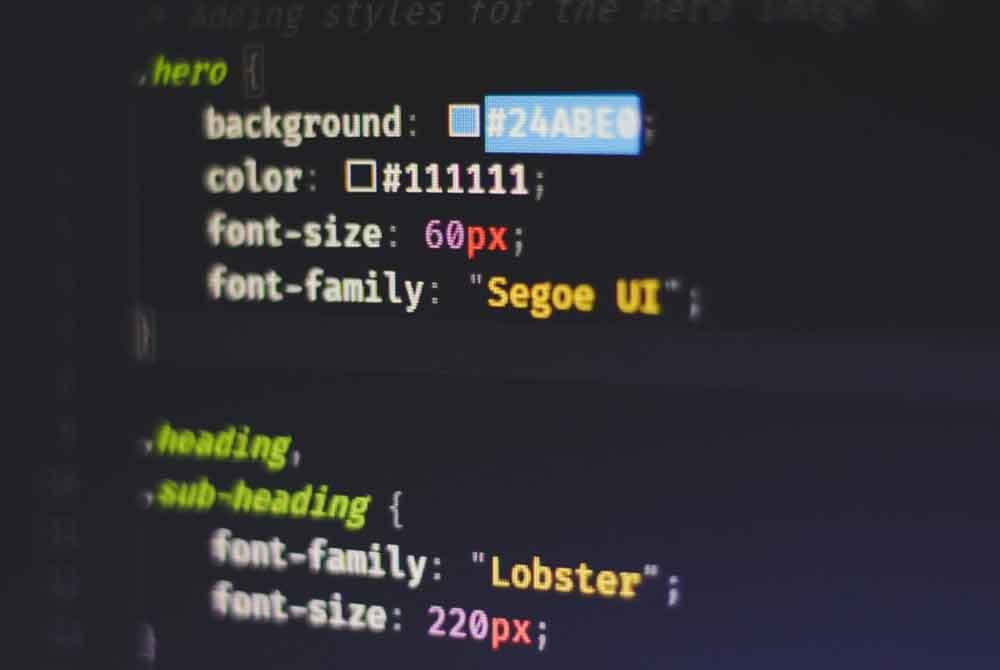“Sometimes, you have to choose between planting roots and growing wings.”
As a front-end developer, you can choose to stick with the tried and tested methods of the past or to experiment with new ideas that pop up now and again.
Whatever your approach is, you’re sure to find something of use in this article, so stick around.
I’ll say one thing about the front-end development industry: if you miss the bus, you’ll likely end up getting thrown under its wheels.
With that said, it’s time to explore where the market seems to be taking us front-end devs in 2022.
1. Remote work is the new norm
At first, I was skeptical of the concept, but to my surprise, this particular trend turned out to be both cost-effective as well as labor-efficient.
You see, the software industry has seen a boom in recent years, which led to a corresponding increase in talent and human resources for the same.
This talent saturation has reached a choke point where web devs are now charging a ridiculous median salary of close to $90,000 per annum.
There has been an exponential increase in the number of remote jobs during the past two years, and the development market is no exception.
When choosing to hire a remote front-end developer instead of a usual in-house, in-person worker, employers can save up to 40% of the total cost to the company.
In many cases, for the cost of two in-person devs, organizations can staff a fully remote team and still have money to spare.
The icing on the cake is that remote teams can be composed of people from all parts of the world—resulting in a truly diversified and global talent pool.
| Remote Devs | Traditional Employees |
| Less than $30,000 per year | Median wage = ~$90,000 per year |
| Global talent pool | Limited to local candidates |
| No incidental expenses | Additionals like housing and transport |
| Shown to be more productive | 9-5 workers; we’ve all been there, right? |

Takeaway: All in all, the trend of going hybrid or even fully remote has been on the rise among the community throughout the whole of last year, and because of its benefits, will likely continue well into 2022.
2. Java is still the king
It will come as no surprise to anyone with a shred of experience that Java still reigns supreme in frontend development, even three decades after debuting.
Nothing else even comes close—Java offers developers the broadest range of libraries, plugins, and tools; there is something for everyone here.
Couple that with the numerous easy-to-use web development frameworks built upon it (such as React, Angular, or Vue), and you have the cocktail recipe for success.
Java is the closest thing to a universal language that the computing universe has so far, and the number of websites and web apps that use it is, frankly, a tad bit ridiculous.
| Java | AJAX |
| Full-fledged front-end language stands alone. | Built on Java, used to communicate with the back end. |
| Has watertight security when implemented right. | Has numerous security holes if primarily used for front-end development. |
| Universally understood and accepted. | Requires specialized learning. |

Takeaway: Java’s main competitor (in terms of front-end development) simply hasn’t been invented yet, nor has there been reason to do so.
3. Headless CMS is on the climb
For the uninitiated, a headless CMS (content management system) architecture is one where your project has a centralized content depository or library that has been decoupled from the presentation and delivery layer of your app or site.
While the process doesn’t have many benefits for small teams, headless CMS significantly reduces production and maintenance costs for even large teams when it comes to enterprise-grade applications.
Headless content management systems all use a web service application programming interface (API) that helps the project push content and data across multiple devices and device sets.
| Benefit of headless CMS | Outcome/ Effect |
| Supports omnichannel architectures. | Allows ionic content creation that covers all touchpoints. |
| Does not affect how the frontend runs. | Your site won’t face any downtime if the CMS faces maintenance issues. |
| Improves security | Access is internally structured, and public content can be encrypted individually. |

Takeaway: Headless CMS is the future, and aside from being easier to learn and use, is also light on your wallet because it needs a smaller, unspecialized team to operate.
It also tends to offer much more scalability than traditional CMS offerings, thanks to its decoupled structuring.
4. Progressive web apps are… progressing
Long story short, a progressive web app is a project that cannot be distinguished from its native counterpart.
Why are these gaining traction? Because of the smartphone market.
Research has shown that most people are spending upwards of six hours on their mobiles each day, meaning that developing mobile-friendly web apps is now a priority for enterprises.
If a PWA provides a satisfactory UX, the conversion rates for the business are likely to increase, such as is the case with Starbucks.
In fact, Forbes says that a PWA has about a 40% lower bounce rate than similar mobile websites.
| PWA | Native |
| Blisteringly fast load times when compared to native. | Appears slow and clunky to users who’ve used a PWA before. |
| Very lightweight. | Average file sizes, not optimal for slow connections. |
| Work offline is easily optimizable. | Need development to work offline, have to sort through bloated code to optimize. |

Takeaway: While PWA’s may seem attractive, they are best suited for speed and not to handle bulky data, so if your priority is functionality, stick with native.
After all, you can always choose to switch to a PWA (or even do both) if you change your mind in the future.
5. Shifting to a component-based hierarchy with Motion UI
Component-based code is significantly easier to handle and reproduce in part or of the whole, which is probably why libraries like ReactJS are so popular.
Component-based code, an encapsulation of extended HTML, is swiftly becoming the standard for the industry and works wonders to reduce code rewriting, allowing devs to utilize the massive amount of time they save elsewhere.
And now that we’ve had a chat about components and their virtues, I’m here to tell you that all your efforts will be in vain without the proper design aesthetics.
I’m referring, of course, to animation graphics.
They lend a certain airiness to your project and give it that little “bounce” that prompts users to stay and hence increases your click-through rates.
Motion graphics are used in every central app out there; no exaggeration: Spotify, Uber, Facebook, Twitter all use animations.
While we’re on the topic of motion graphics, lazy loading is another feature that you should definitely incorporate into your apps, but that’s a discussion for another day and article.

The bottom line
This entire article can be summed in a line: the most popular front-end development trends are those that enhance simplicity.
That could be either on the user’s side or on the developer’s part, but every so often, you come across a trend that can do both those things simultaneously.
As with all other things software-related, trends in this field do not simply materialize out of thin air: they come into the spotlight after they prove to be helpful to the community.
That is why we won’t see very many radical changes to front-end development, but rather, lots and lots of small ones that make our lives easier, and those of our users too.
But this is nothing to fret about—after all, the journey of a thousand miles (of code) begins with a single step.
Sources:
- https://www.adjust.com/blog/native-app-vs-progressive-web-app/
- https://medium.com/dev-channel/a-pinterest-progressive-web-app-performance-case-study-3bd6ed2e6154

